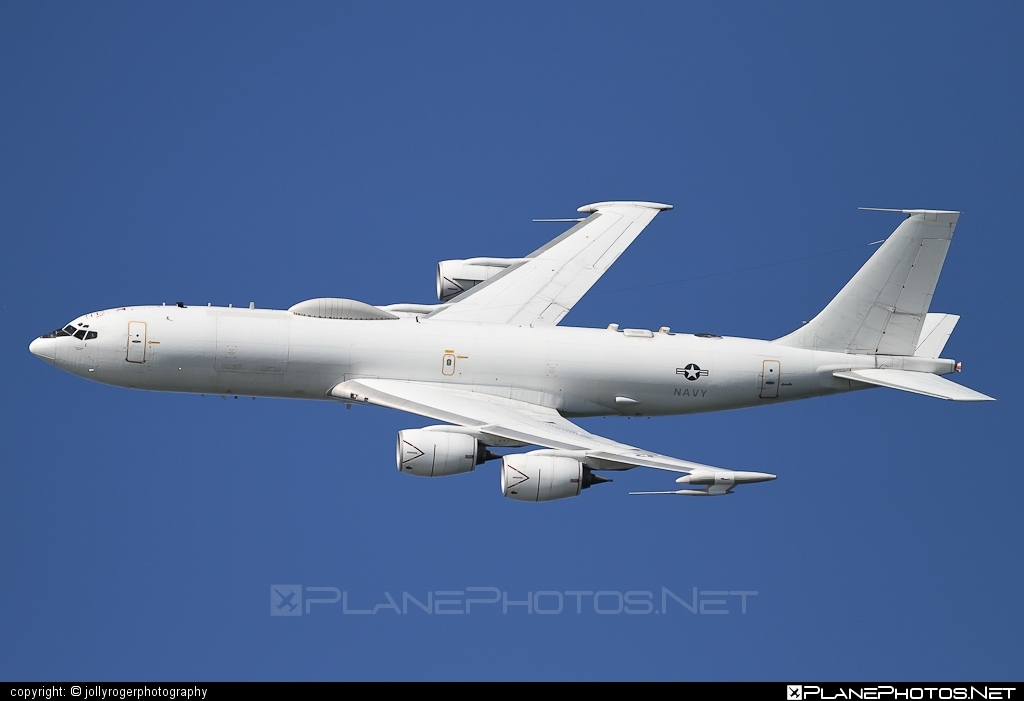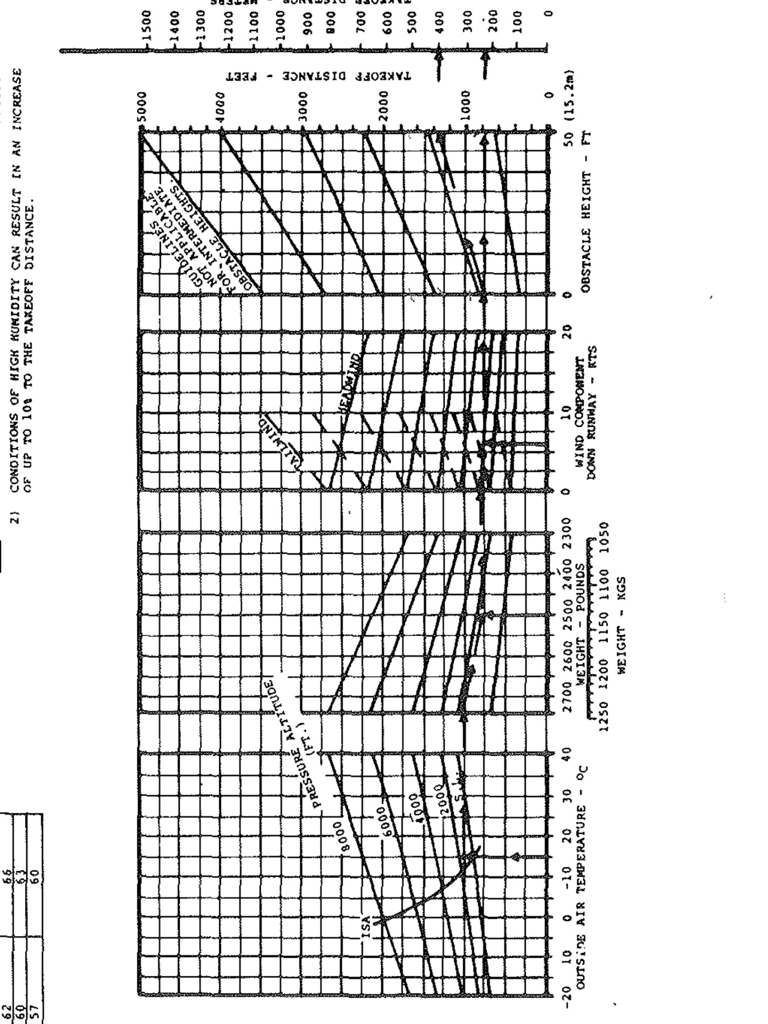salajander
Filing Flight Plan
- Joined
- Sep 3, 2017
- Messages
- 2
- Display Name
Display name:
salajander
The time I spent learning to use an E6B on my own was a rounding error in the total time I've spent studying and doing ground school.And how much for the the instructor time? And what value do we place on the students time?
Some people find it useful to use and a help to understand concepts and conversions, some people think it's a complete waste. Not sure why one school of thought would be more valid than the other?



